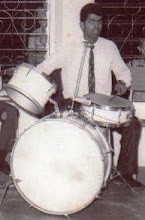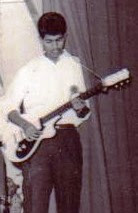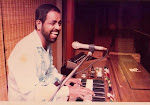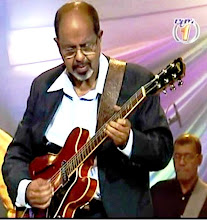Music is part of this
world of sound, an art based on the organization of sounds in time. We
distinguish music from other sounds by recognizing the four main properties of
musical sounds: pitch, dynamics (loudness or softness), tone
color, and duration.
I am going to comment briefly on the pitch aspects only for now. Contrasts between higher and lower
indefinite pitches play a vital role in contemporary western music and in
musical cultures around the world.
Now, imagine playing the piano
only in the very higher pitches or having to listen to only the piccolo
throughout a performance. There has to
be a fair mix of high, medium and low pitched notes. This is easily observable in
any western or eastern music ensembles. Just as in life, there has to be a
sensible balance in music too.
Now why am I saying what may be
seen or known as an obvious fact. Well,
I have for long spoken up against the use of the treble recorder in music
education not so much for basic learning purposes but for recorder ensembles
that feature only the treble recorders at music contests instead of the whole
recorder family ensemble. In the world of popular music the soprano saxophone
has become popular but to me, it is a wearisome instrument to listen to how
ever perfectly blown for long, say as in a Kenny G concert.
Whenever I have to put a band
together for soft music situations I prefer the lower pitched instruments such
as the tenor saxophone or guitar in preference over the soprano sax. That is why there is a pitch register
classification for voices and instruments namely the soprano, alto, tenor and
bass. Any musical ensemble has a clear
mix of all even in non-western music. And when a high pitched instrument is
featured it is seldom for an entire episode but in combination with other
medium pitched instruments. That is why we have instruments from the very low
to the very high octaves.
But then this is only my opinion
and everyone has one too …. Music and human aesthetics are not as precise as
the sciences.











































No comments:
Post a Comment